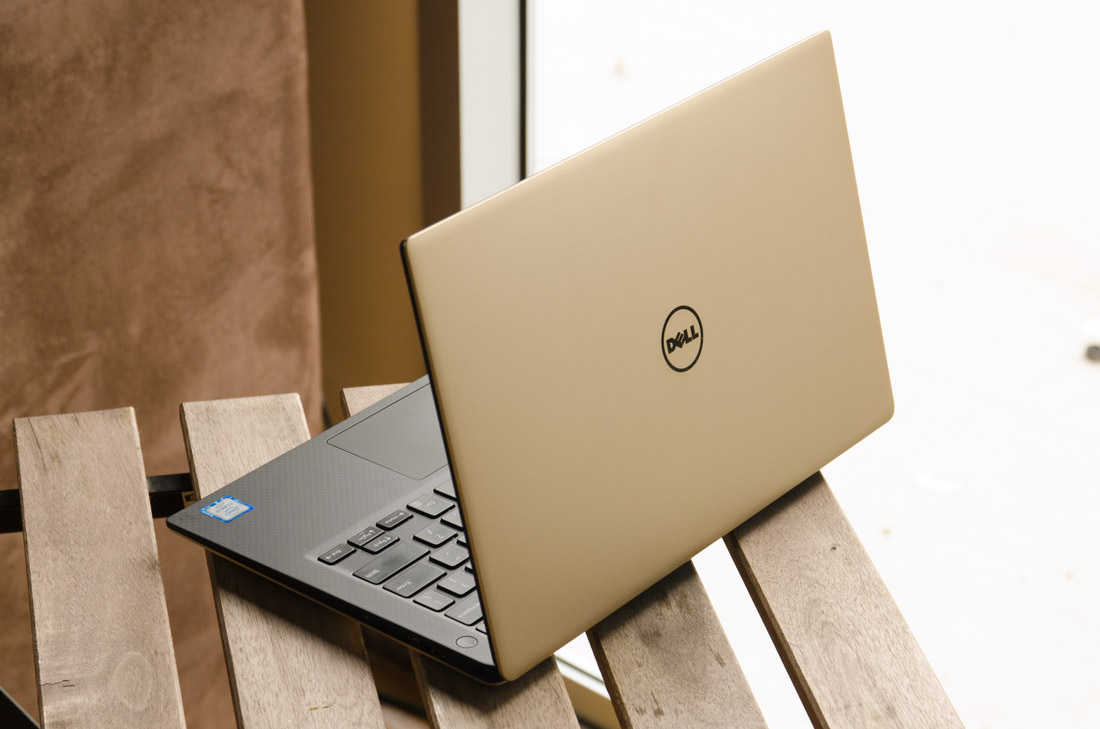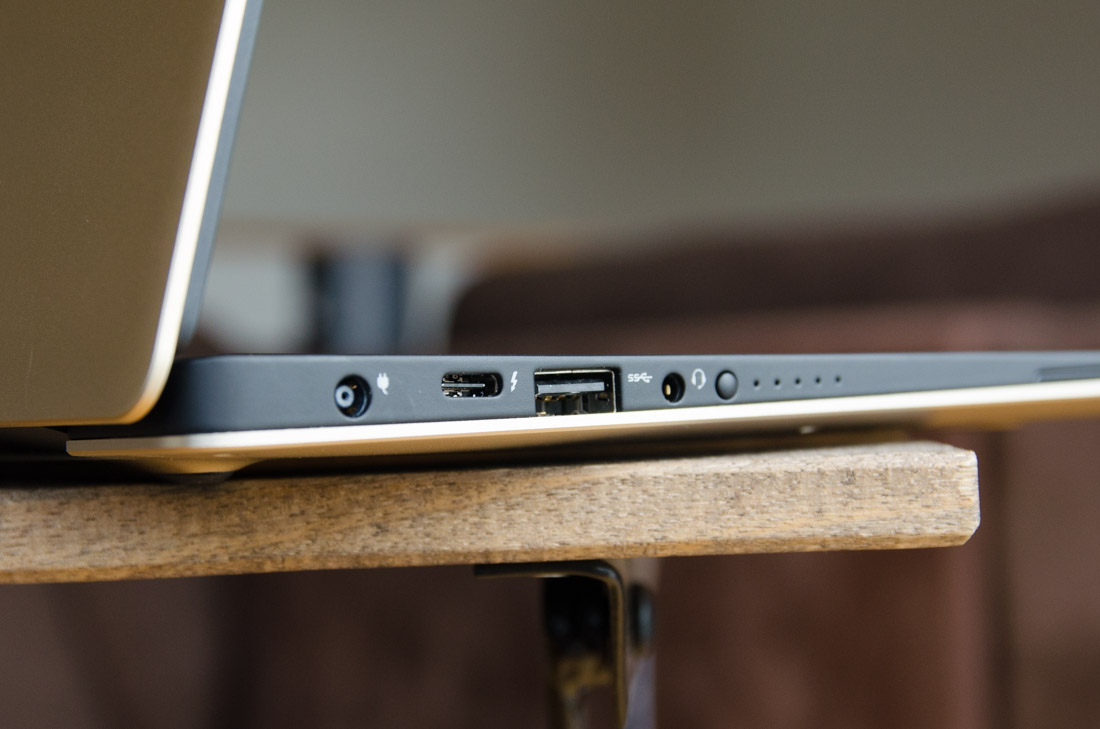As some distance as product refreshes go, the brand new Dell XPS 13 is a quite minor one. But considering the Broadwell-primarily based XPS thirteen was my favored computer of 2015, I just needed to get in the new version and notice if it’s nevertheless a class-main device.
New for overdue 2015/early 2016 is an improve to Skylake, a USB Type-C port that helps Thunderbolt 3, and the option to get the computer in gold. That’s about it. This Skylake refresh additionally presented the opportunity to look how the excessive-resolution touchscreen version compares to the 1080p variant, which I had formerly looked at remaining year.
Read More :- Origin EON15-X 4K Gaming Laptop Review
- Maingear Titan 17 Notebook Review
- Lenovo ThinkPad T450s Laptop Review
- HP EliteBook 8460p Notebook Review
In case you’re strange with the Dell XPS thirteen series, here’s a quick rundown for you. It’s a 13.3-inch ultraportable laptop to be had in essential variants: one with a 1080p non-contact show, and the opposite with a 3200 x 1800 touchscreen. Both use extremely thin bezels, a signature function of this tool that permits Dell to apply a bigger display in a package usually associated with 12-inch laptops.
The hardware of the XPS thirteen tiers with the price, which starts at $800 for an Intel Skylake Core i3 CPU, four GB of RAM, and a 128 GB SSD; and may move as excessive as $2,500 for a Core i7, 16 GB of RAM, and a 1 TB PCIe SSD. All versions come with integrated HD 520 images, a fifty six Wh battery, and connectivity like Thunderbolt three and Wi-Fi ac.

Pre-configured models vary from area to region, however the version I obtained to Laptopfees $1,699 inside the United States, that's barely more than double the entry-level version. It functions a thirteen.3-inch QHD+ touchscreen show, an Intel Core i7-6500U processor, 8 GB of RAM, a 256 GB PCIe strong nation pressure and Windows 10 Pro 64-bit. It’s additionally gold, in preference to silver, that is available in Australia and could with a bit of luck come to the USA quickly as an option.
The layout of the brand new Dell XPS 13 is essentially unchanged from the preceding model. Luckily, this aspect of the laptop became one in every of my favorites: the smooth, minimalist aluminium used at the lid and underneath of the device appears exceptional, at the same time as the rubberized plastic surrounding the keyboard provides interest and comfort to the frame. The gold finish to this model’s metallic is unassuming and appears quite precise, even though I still select the classic silver finish.

By far the most noteworthy function of the XPS 13’s design is the ultra-skinny bezel that surrounds the display. For a few purpose in spite of its awesomeness this unique element of the XPS hasn’t been copied by other computer producers in their overdue 2015 releases. Having a thin five.2mm bezel on three facets of the display makes most fulfilling use of the location available to it, and in turn, permits the XPS 13 to occupy much less space universal. Compared to the 13-inch MacBook Pro, as an instance, the XPS 13’s footprint is around 12% smaller.
The thin bezels don’t simply help the XPS thirteen end up extra compact than a regular thirteen-inch computer: it additionally improves the viewing experience by way of giving the phantasm that the display is bigger than it actually is. The simplest alternate-off is the awkward function of the integrated webcam which has been relegated to the bottom left nook of the display meeting.

The contact-enabled XPS thirteen uses a conventional hinge, which means it reclines to a cushty viewing function, but doesn’t fold flat or extra than 180° like a number of Lenovo’s competing products. While there are a few use instances where flipping the display screen round into a pill-like role is useful, I don’t pass over having this functionality on the XPS thirteen. This pc succeeds no longer with the aid of introducing hybrid capability, however with the aid of doing the whole thing a computer need to do well.

The backlit keyboard is unchanged from the early 2015 XPS 13 and it's simply as exact as before, providing a respectable layout and tremendous tactile feedback for an ultraportable. Since I reviewed the remaining XPS thirteen, software program tweaks have considerably progressed the trackpad as properly, making it an incredible experience alongside Windows 10.
The port choice on the brand new XPS 13 stays solid. The inclusion of Thunderbolt 3 and USB 3.1 gen 2 thru a single Type-C port is one of the extraordinary adjustments inside the new version, supplying up to 40 Gbps of bandwidth and giving the XPS 13 the capacity to force 4K 60 Hz displays concurrently. The flexible, reversible USB Type-C port replaces the mini-DisplayPort from the preceding model, that's an basic upgrade due to the fact Thunderbolt 3 supports DisplayPort 1.2.

Other ports consist of a 3.5mm audio jack, an SD card slot, fashionable USB three.0 ports, one on each side, and a proprietary energy connector. The audio system are located in addition down every part, that are ideal for a computer, whilst the power button is subsequent to the keyboard inside the pinnacle-right corner.

The cooling answer has not modified and affords cool and quiet operation for the 15W Skylake CPU. The unmarried fan intakes air from the vents along the lowest of the pc, venting out into the hinge meeting. Only at some stage in load is the fan audible, and you may slightly feel any airflow when using the device in your lap.
This is the primary time I’ve used the QHD+ version of the Dell XPS thirteen. The 3200 x 1800 panel is virtually fantastic, turning in extremely crisp imagery (276 ppi) and incredible viewing angles thanks to IGZO IPS generation. The sleek end does acquire more fingerprints, however shades seem to pop greater than the 1080p panel, and the inclusion of a touchscreen is welcome.

Dell claims the XPS thirteen display achieves brightness degrees of 400 nits, that's slightly above the 370 nits maximum brightness I recorded from the QHD+ model. This brightness output can be lower if the show is not displaying predominantly white content material, probably to enhance black stage performance, but I didn’t have any problems viewing this panel in shiny situations because of the panel’s narrow, hole-loose production.
Color accuracy became ideal, reaching a median dE2000 of three.81 in saturation sweeps, 4.36 in greyscale, and four.09 in our custom accuracy test (whatever beneath 2.zero is indistinguishable from perfect). Accuracy changed into basically allow down by using a default panel temperature of round 7,500K, that's at the cool facet, in addition to barely faulty reds and blues, but this shouldn’t be a big issue for maximum customers. Dell claims sRGB gamut insurance, and I became capable of validate that during my checking out.

How does the QHD+ show examine to the 1080p version? Well, the 1080p show isn’t as brilliant (310 nits) although the matte end makes it simply as easy to view. The 1080p display screen is barely more accurate, recording common dE2000s of 3.41 and three.37 in saturation and widespread accuracy assessments respectively. Both models dynamically alter their display calibration (barely) within the firmware depending on what is being displayed, too.
0 Response to "Dell XPS 13 Review: The Best Windows Laptop Updated"
Post a Comment